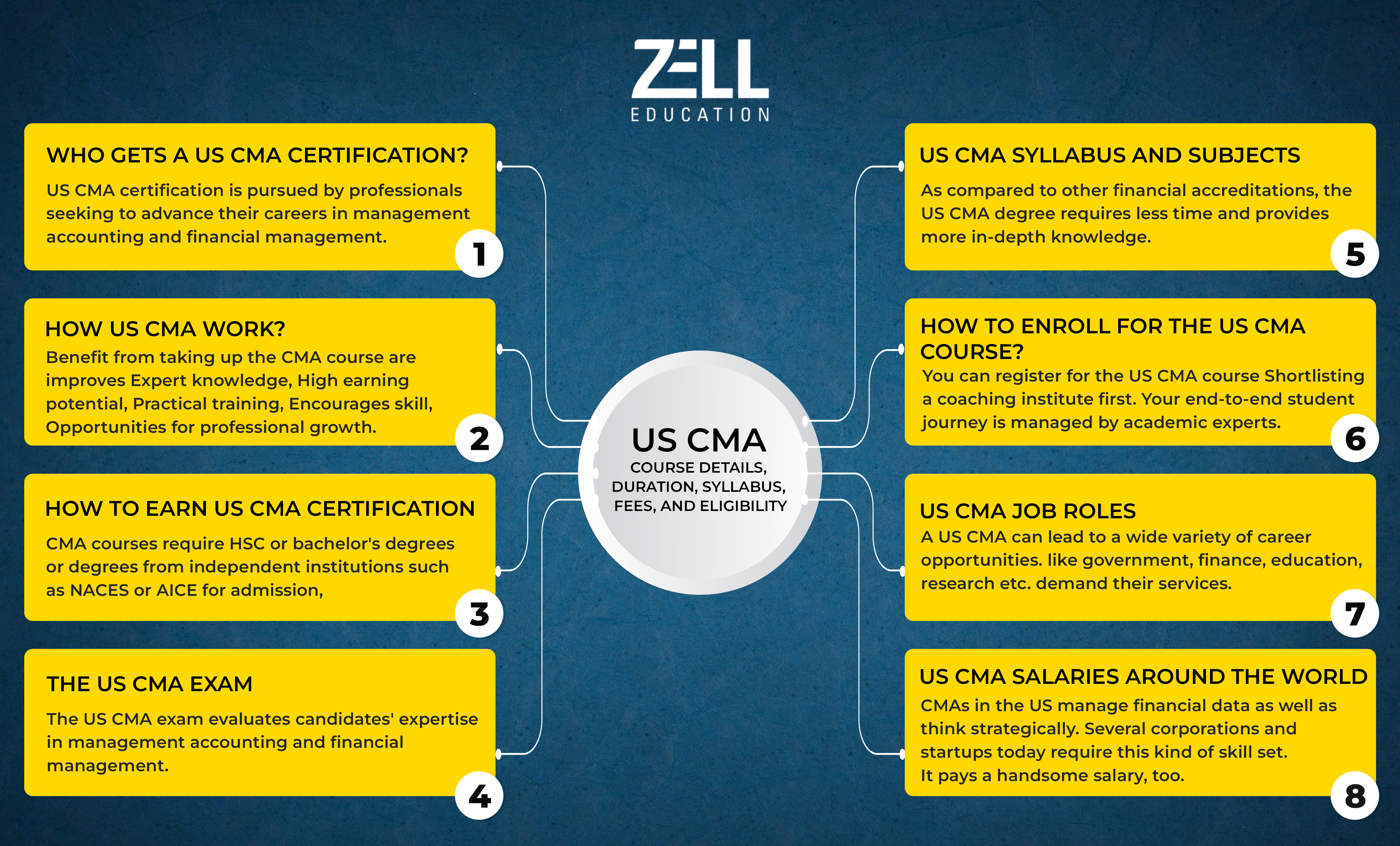In the study of motion in physics, speed and velocity are two fundamental concepts that are often used interchangeably in everyday language. However, in scientific terms, they are distinctly different. This difference leads us to an intriguing question: Can a body have constant speed but variable velocity? The answer is yes—and understanding why requires a closer look at the definitions, principles, and practical implications of both terms.
This comprehensive article explores the core differences between speed and velocity, explains how an object can maintain a constant speed while having a changing velocity, and provides real-life and theoretical examples that bring this phenomenon to life.
Understanding Speed and Velocity
What is Speed?
Speed is a scalar quantity that measures how fast an object is moving, irrespective of its direction. It only tells us the magnitude of motion.
Formula for Average Speed: Speed=DistanceTime\text{Speed} = \frac{\text{Distance}}{\text{Time}}
- Units: meters per second (m/s), kilometers per hour (km/h), etc.
- It has no direction—just a numerical value.
What is Velocity?
Velocity, on the other hand, is a vector quantity. This means it includes both magnitude (how fast) and direction (where to).
Formula for Average Velocity: Velocity=DisplacementTime\text{Velocity} = \frac{\text{Displacement}}{\text{Time}}
- Units: same as speed, but direction is always specified.
- Direction matters: a car going north at 60 km/h has a different velocity from one going south at 60 km/h.
Constant Speed vs. Constant Velocity
Before diving into our main question, it’s crucial to distinguish between constant speed and constant velocity:
- Constant speed: The object is covering equal distances in equal intervals of time.
- Constant velocity: The object is moving in a straight line with a constant speed and unchanging direction.
So, if an object moves in a circular path at a fixed speed, is it maintaining velocity? No—because the direction keeps changing. Thus, its velocity is variable even though its speed is constant.
Can a Body Have Constant Speed but Variable Velocity?
Yes, a body can have constant speed but variable velocity. This situation arises whenever an object moves with unchanging speed but alters its direction of motion.
Since velocity depends on both speed and direction, a change in direction—even with a constant speed—means a change in velocity.
Theoretical Example: Uniform Circular Motion
One of the most classic examples in physics that illustrates this concept is uniform circular motion.
What is Uniform Circular Motion?
It refers to the movement of an object in a circular path with constant speed.
- The magnitude of the velocity remains constant (i.e., constant speed).
- The direction of the velocity changes at every instant because the object is continuously changing direction to remain on the circular path.
- Thus, the velocity is variable.
Real-Life Analogy
Imagine a car moving around a circular race track at a uniform speed of 60 km/h. Even though the car’s speedometer shows a constant speed, its velocity is not constant because its direction changes as it turns the corners of the track.
Why Is Velocity Changing?
Velocity is defined as the rate of change of displacement. In circular motion, the displacement vector is always changing direction due to the curvature of the path. This changing direction leads to a changing velocity.
This change in velocity, in turn, means the object is accelerating—even if the speed is constant. This might sound counterintuitive, but in physics: Acceleration=Change in VelocityTime\text{Acceleration} = \frac{\text{Change in Velocity}}{\text{Time}}
So, even though the object is not speeding up or slowing down, it is still accelerating due to the change in direction.
This acceleration is called centripetal acceleration, and it always points toward the center of the circular path.
Mathematical Insight: Centripetal Acceleration
If a body of mass m is moving with constant speed v in a circle of radius r, its centripetal acceleration a is given by: a=v2ra = \frac{v^2}{r}
- This acceleration keeps changing the direction of the velocity vector.
- The speed remains unchanged, but because velocity is a vector, the change in direction means the object is undergoing acceleration.
Practical Examples
1. A Satellite Orbiting Earth
Satellites move around the Earth in nearly circular or elliptical orbits. Their speeds are kept relatively constant to maintain orbit. However, their velocity is continuously changing because the direction of motion is always altering as they circle the Earth.
2. Ceiling Fan Blades
Each blade of a ceiling fan rotates in a circular path at a constant speed (if set on a fixed setting). The tip of the blade changes direction continuously, and thus its velocity is changing constantly—even though the fan speed remains constant.
3. Cyclist on a Circular Track
A cyclist going around a circular track at a constant pace is another example. The direction of motion changes continuously while the speed remains the same. Hence, the velocity is variable.
Implications in Physics
Understanding how a body can have constant speed but changing velocity is critical in various domains of physics and engineering.
In Mechanics
- Explains why a net force is required even when speed is constant (e.g., centripetal force in circular motion).
- Forms the foundation for understanding planetary motion and orbital mechanics.
In Engineering
- Helps in designing rotating machinery and gyroscopes.
- Critical in fluid dynamics where particles flow in curved paths.
In Electromagnetism
- Charged particles moving in magnetic fields often follow circular or helical paths. They have constant speed but variable velocity due to the magnetic force changing their direction.
Key Takeaways
- Speed is a scalar and only measures how fast an object is moving.
- Velocity is a vector and considers both speed and direction.
- An object moving at constant speed but changing direction has variable velocity.
- This is most clearly seen in uniform circular motion, where speed is constant but direction—and hence velocity—changes continuously.
- This leads to the presence of centripetal acceleration and a centripetal force toward the center of the circle.
Summary Table
| Quantity | Type | Includes Direction? | Can be Constant if Path is Curved? |
|---|---|---|---|
| Speed | Scalar | No | Yes |
| Velocity | Vector | Yes | No (if direction changes) |
| Acceleration | Vector | Yes | Yes, if velocity changes |
Conclusion
Returning to the original question—Can a body have constant speed but variable velocity?—we can now confidently say yes, and we understand why. The key lies in the definition of velocity as a vector quantity. As long as the direction of motion changes, the velocity changes—even if the speed remains constant.
This concept is not just a theoretical curiosity; it has real-world applications from orbital mechanics to transportation systems. It also deepens our understanding of motion, helping us distinguish between what seems constant and what is actually dynamic beneath the surface.
By grasping this principle, students, engineers, and science enthusiasts gain a powerful insight into how the world moves and changes around us.










